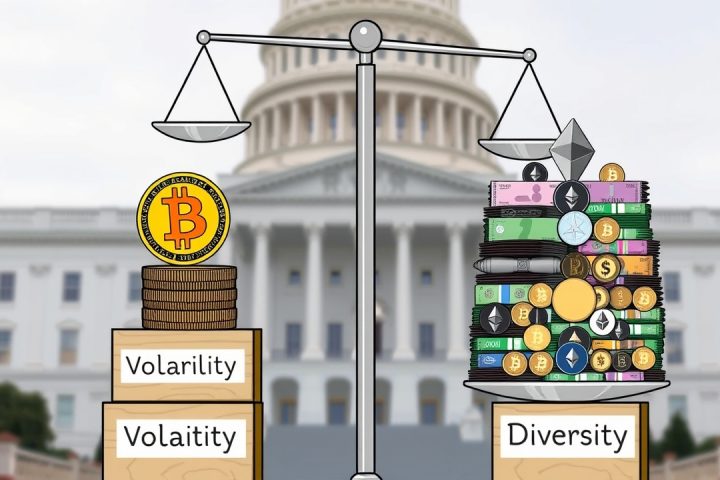Economic Shifts in Latin America: The Rise of Stablecoins in Bolivia
In this installment of Latam Insights Encore, we delve into significant economic shifts within Latin America, focusing particularly on Bolivia’s rapid acceptance of stablecoins. Traditionally resistant to cryptocurrencies, Bolivia is witnessing an unprecedented surge in stablecoin adoption, particularly with assets tied to the U.S. dollar. Citizens now utilize these digital currencies as a surrogate for the dollar amidst strict currency controls.
The Growing Role of Stablecoins
Recent developments showcase the growing role of stablecoins in Bolivia’s economy; USDT, a leading stablecoin, is being increasingly adopted by various sectors. A noteworthy example is Toyosa, the sole distributor of brands like Toyota and Yamaha in the country, which recently made history by allowing customers to purchase vehicles with USDT via QR code systems, facilitated through collaborations with Bitgo and Towerbank.
This development signifies a pivotal shift in payment methods and illustrates the pressing demand for dollar alternatives in a nation grappling with currency challenges.
Government Stance and Market Dynamics
The introduction of stablecoins not only enhances convenience for retail consumers but also points to a broader need for the Bolivian government to reconsider its stance on these digital assets. Although previous government actions have dismissed the use of cryptocurrencies for state-sponsored purchases—especially in energy sectors—the proponents of stablecoins argue that embracing such currencies could alleviate some of the monetary pressures caused by the volatility of the local fiat.
Counterexamples from neighboring Venezuela highlight the potential benefits: the country reportedly uses stablecoins for a significant portion of its oil sales, successfully circumventing international sanctions and market obstacles. This track record raises questions regarding Bolivia’s cautious approach towards the digital currency environment.
Future Prospects: CBDC vs. Private Stablecoins
As Bolivia prepares to launch its Central Bank Digital Currency (CBDC) aimed at facilitating cross-border transactions, the question remains whether this new offering can compete with the established appeal and liquidity of private stablecoins, which are inherently linked to the stability of the dollar.
Conclusion
In summary, the trajectory indicates that stablecoins are becoming an integral part of the regional financial landscape, and it may be prudent for the Bolivian government to adapt its policies to leverage these digital resources, rather than risk being overshadowed by their growing prevalence. Through a strategic embrace of stablecoins, Bolivia might mitigate its ongoing challenges related to dollar shortages and financial liquidity.




